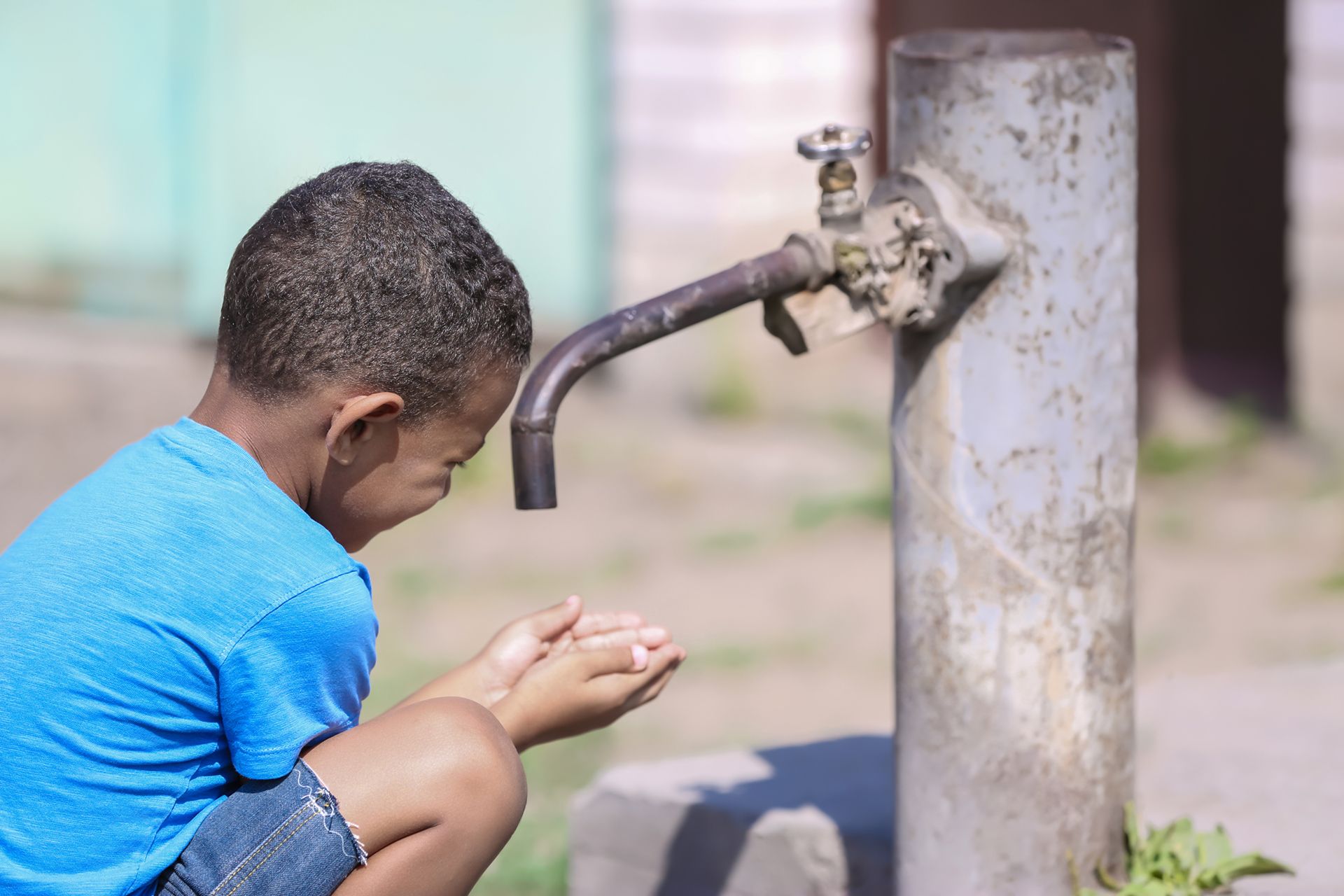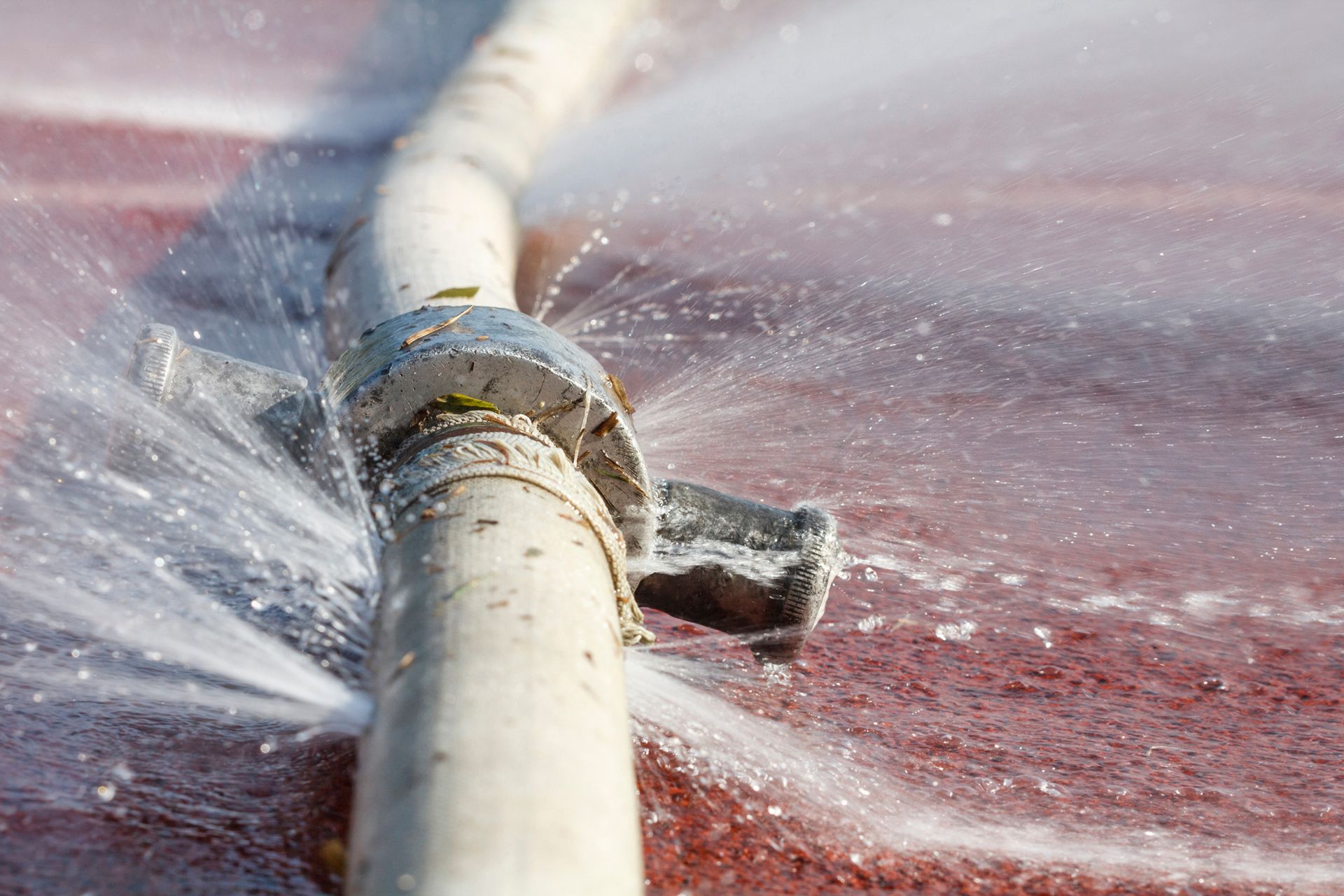Water emergency and water wastage
What to do to fight drought?
In recent years, the climate change affecting the planet has led to the occurrence of extreme weather conditions: high temperatures, low rainfall, violent floods, hydrogeological disruptions, melting and failure to rebuild glaciers.One of the most dramatic consequences for human survival, and for the conduct of business in industrialised countries, is certainly drought.
What are the main causes of drought?
The causes of drought are global warming, low rainfall, intensive livestock farming, over-exploitation of water resources and dispersion in the distribution network.
Fresh water accounts for only 4% of the earth's water supply.
Like so many other resources, water is neither unlimited nor even well distributed around the world: overconsumption is therefore one of the most imprudent human attitudes
How much water do we waste?
The numbers of water wastage, in Italy alone, are staggering: according to ISTAT data water loss accounts for one third of the total transported in the network.
Every day, more than 41 cubic metres are lost for every kilometre of network, about 36 per cent of the water transported: to make the count easier, we speak of 230 litres of water supplied per day for every inhabitant.
This dispersion, especially when considered in relation to the drought of recent years, is unacceptable and can no longer be ignored.
What are the causes of water loss?
The condition of the infrastructure, especially in some regions, is one of the main causes in the water leakage process.Installations and aqueducts are often obsolete, meters are inefficient, routine controls are poor, technological solutions adopted are inadequate, inspections to detect hidden leaks are often difficult to carry out.
What can be done to reduce water loss?
Reducing the waste of drinking water in the home is certainly important: all of us, by changing our habits and making responsible choices, can contribute to reducing water loss.
However, governments and businesses have the greatest responsibility in this process: they must act promptly and plan concrete strategies to reduce all forms of water waste.
The EU Energy Efficiency Directive 2018/2002 of 25 October 2020 stipulates that newly installed meters can be managed remotely and that by 2027 all will have to be retrofitted.
This process will certainly contribute to the optimisation of monitoring and the efficiency of the malfunction detection system, but it is not enough.
The public administration, in cooperation with the companies in the sector, must intervene on obsolete infrastructures by arranging for repairs and, where necessary, replacement of systems.The competent bodies must also plan periodic checks to detect malfunctions and timely repair work.
Rapid intervention therefore becomes one of the key aspects of this process
How can timely network interventions be carried out?
Quickly inspecting a manhole, accessing an aqueduct in a timely manner, taking immediate action on an impermissible drain or a leak in the pipeline means saving time, money and, in terms of water wastage, around 100,000 litres of water per second.
The latest generation of manhole cover lifting systems open and close any manhole cover or manhole in a matter of minutes, without neglecting safety.
Thanks to the use of innovative magnetic and mechanical technology applied to lifting, access to confined spaces becomes quick and safe. Liftop, Simplex manhole openers and unblocking accessories offered in the catalogue Valifter help operators solve all manhole manoeuvring problems.

